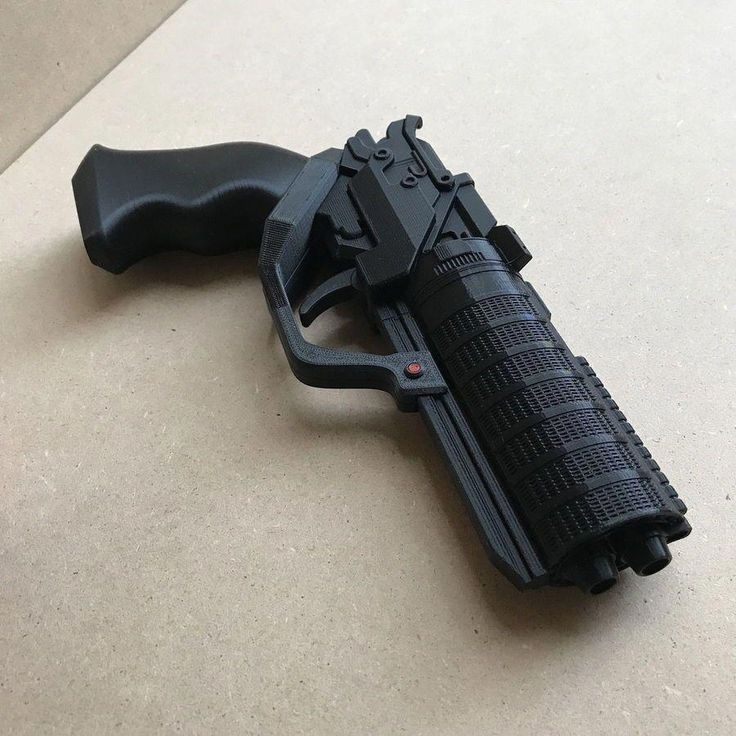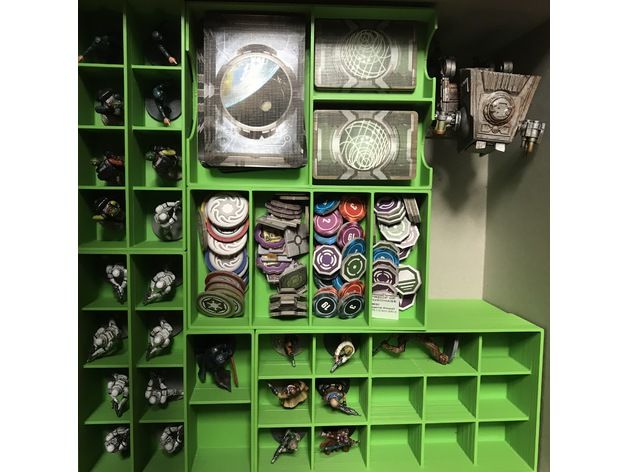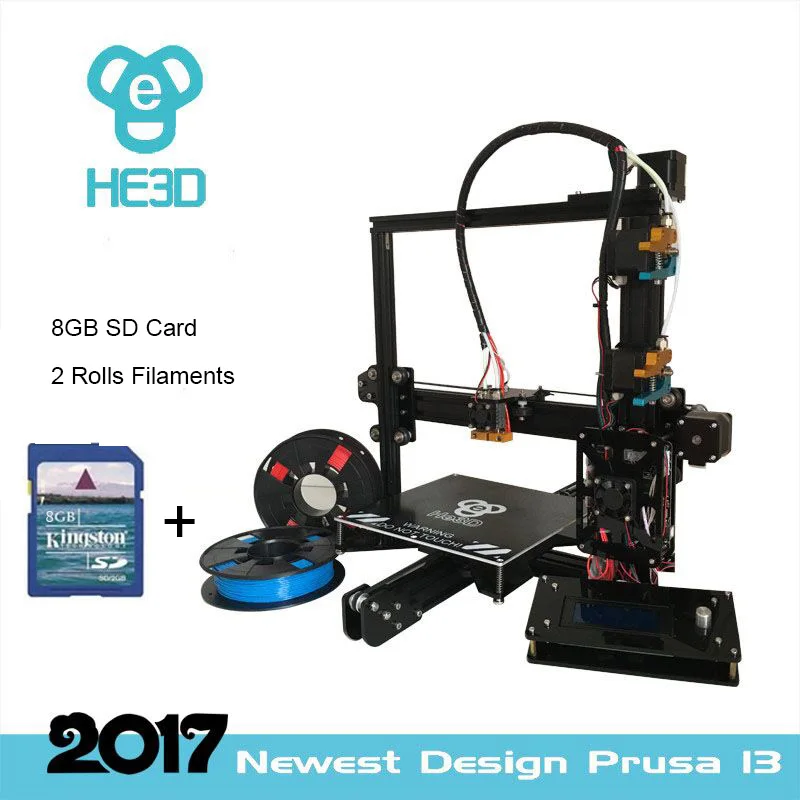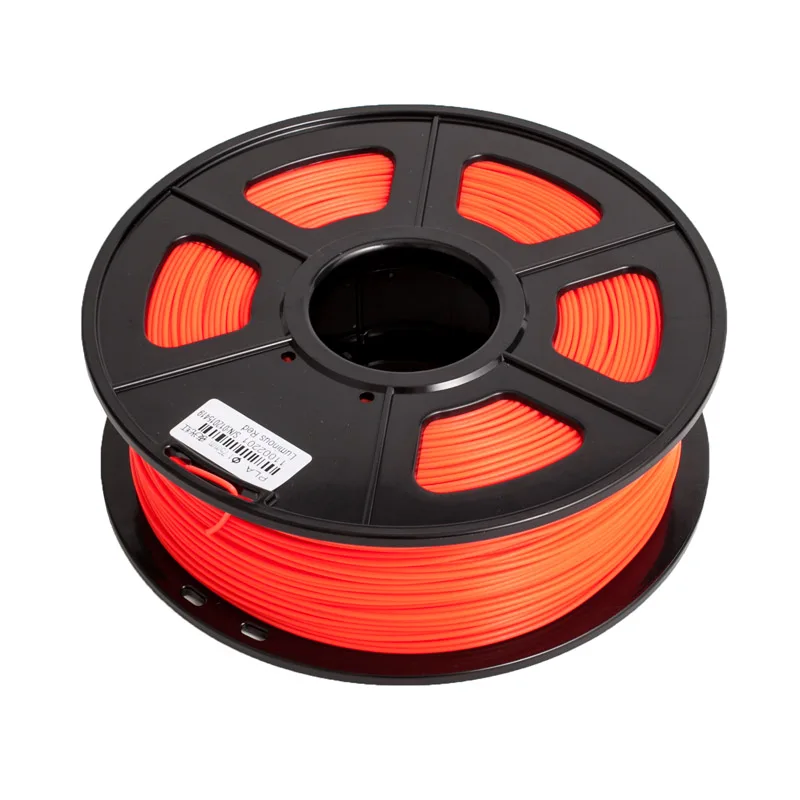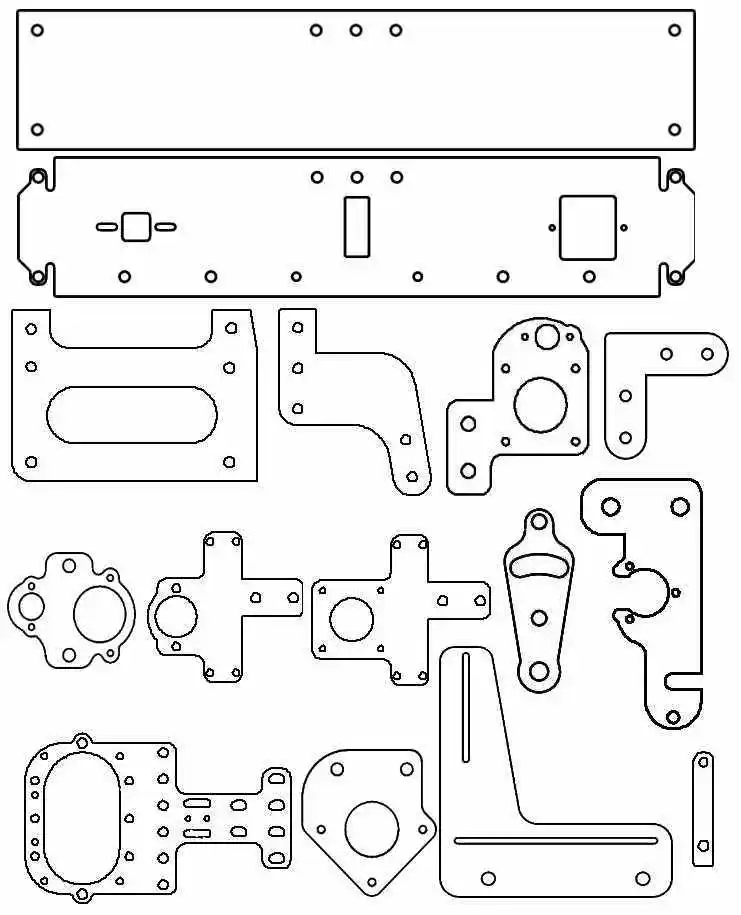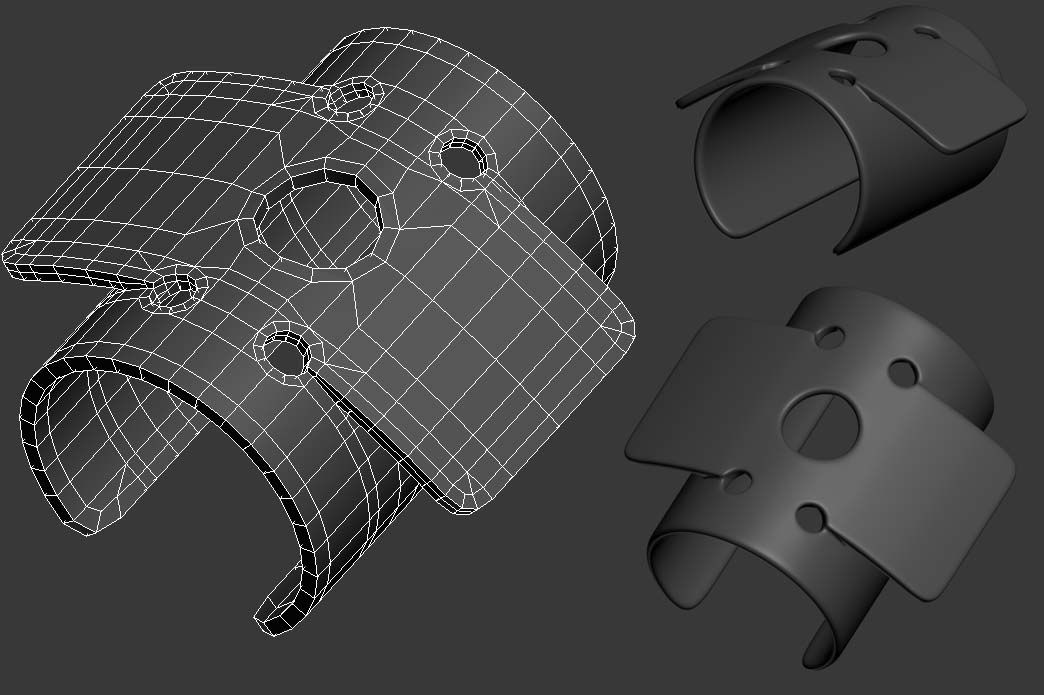3D printing pbs
3D print capabilities of PBS
The PBS Aerospace division acquired a DeltiQ L 3D printer. 3D printing is suitable for example in the production of various mock-ups but also prototype parts for use in the moulding of investment castings. Thanks to 3D printing, it is possible to achieve a significant process acceleration and reduce the price of development of new parts.
Using 3D printing in PBS: Models, acceleration of development, casting models, jigs
Primarily, within the 3D printing development project, we are testing the technology of 3D printing for both plastic and metal materials for Aerospace division. Internal plastics printing then helps to develop our experience with 3D printing and learn its benefits and limitations. It also allows us to uncover some previously unsuspected applications of this technology. Plastic prints can be used in the production of various models to accelerate the development unless it is necessary to produce the prototype directly from metal. A model may detect some of the pitfalls of the design. Another variant considered was the printing of various jigs. The advantage is the quick delivery of the jig (several days instead of weeks for a classic jig) which can be economically advantageous and ergonomically adapted to the purpose. Last but not least, the possibility of printing prototype parts for moulding using investment castings was also considered. This can result in a significant acceleration and reduction of the cost of developing new parts, possibly also bringing down the cost of small series.
As a material for printing, we use PLA, ABS, ASG, PETG, CPE or PolyCast.
What we produced
We are currently working on the development of a serial piece of a coil carcass (for APU ignition and TJ engines).
We found also use for packing special cryogenic pads (ASA material).
Another possible application is the converter box for turbojet engines.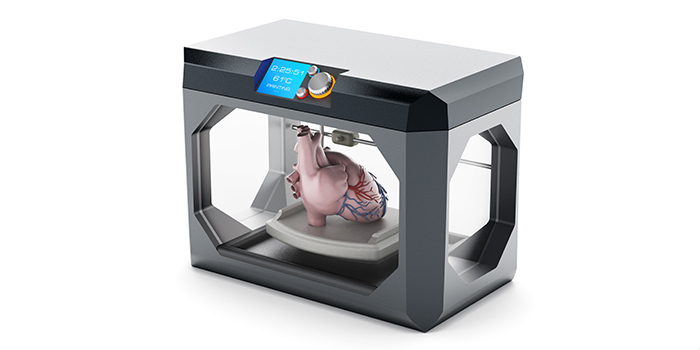
In the field of jigs, we produced a jig for NT parts brazing for cryogenics (ASA material). This jig should add ergonomics and may also bring some time savings during this work.
We also produced a pressure gauge wheel (PETG material) which will make it easier to work on test equipment.
For the purpose of testing new engines at the testing laboratory, we produced a channel insert (ASA material) for the axial pre-stage which allows modification of the testing equipment without the need to manufacture a new metal part in a difficult and costly way.
We are currently working on a prototype model for moulding with investment castings (PolyCast material). If the technology proves successful, savings of thousands of crowns per piece can be expected along with accelerated component development.
Mock-ups (swinging suction for APU)
As part of the development of a modified version of APU for greater inclination, we produced an oil suction mock-up. The mock-up helped determine the minimum size of the APU oil tank mounting hole.
The mock-up helped determine the minimum size of the APU oil tank mounting hole.
External co-operation with companies disposing of wide 3D metal printing capabilities In parallel with the internal printing of plastics, we also follow developments in the field of 3D metal printing and we co-operate with companies and universities that have been involved in 3D metal printing for a long time.
We know from our own experience and visited seminars that 3D printing of metal, despite its cost, brings a significant reduction in the supply of prototypes (from months to weeks to days). It is also possible with this technology to produce parts that are not conventionally manufactured parts which can reduce the cost of manufacturing processes when properly applied.
Examples of 3D metal printing benefits:
- prototype production of TJ turbine engine: production by 3D printing (2-3 weeks), conventional prototype production by casting (several months),
- production of a non-original spare part of the production machine: delivery of the original part (3-4 months), reverse engineering and 3D printing of the part which replaced its function (1-2 weeks) while waiting for the original part
- production of cooled plastic injection moulding: conventionally not manufacturable, shortening of the injection cycle of the machine.

Sign up for our newsletter
Blending PLA and PBS Creates a Better 3D Printer Filament - 3DPrint.com
In a paper entitled “Preparation and Characterization of Poly(butylene succinate)/Polylactide Blends for Fused Deposition Modeling 3D Printing,” a group of researchers discusses how they developed a new type of biodegradable material with high strength and toughness to be used for FDM 3D printing. A series of poly(butylene succinate) (PBS)-based polymer materials was blended with PLA. PLA, while a popular and effective 3D printing material, is brittle with extremely low elongation at break, so it is necessary to develop better, more ductile materials. PBS is a semicrystalline aliphatic polymer with excellent processability, thermal stability and biodegradability. It is also highly ductile and has a relatively low melting point.
“However, there are few published studies on 3D printing with PBS.” the researchers point out. “One reason is that its low melt strength makes it difficult to continually form monofilament when extruded, which makes printing fail halfway.
Moreover, the distortion caused by the relatively large volume shrinkage during cooling probably happens after crystallization, thus resulting in defective products. Therefore, modification of PBS is quite necessary to solve the drawbacks mentioned above and make the material suitable for FDM printing.”
Blending the two materials can combine their advantages and compensate for their weaknesses. The researchers prepared PBS/PLA blends with different compositions with the intention of validating their suitability for 3D printing. The rheological, thermal and mechanical properties of the blends were investigated, and different specimens were 3D printed with the filaments to evaluate their suitability for FDM 3D printing technology. Interlayer bond strength in the 3D printed specimens was also evaluated.
All of the blends, according to the researchers, demonstrated excellent processing properties and can be extruded as 1.75 diameter monofilaments.
“With increasing PBS content, the elongation at break and impact strength of the blends arise,” they continue.
“However, distortion of the printed bars increases due to larger volume shrinkage resulting from the higher degree of crystallinity in the blends. In addition, the interlayer bond strength improves due to the decreased melt viscosity. When PLA content in the blends is not less than 40 wt %, FDM printing can proceed smoothly with neither observable distortion nor detachment from the platform at room temperature. PBS60/PLA40 and PBS40/PLA60 are the optimal blend compositions, considering both material toughness, distortion of printed bars, and interlayer bond strength.”
Models with porous structures can be successfully 3D printed using PBS60/PLA40 and PBS40/PLA60 filaments, and good dimensional accuracy and glossy appearance of the printed structures was obtained. The blends proved themselves to possess both high stiffness and excellent ductility compared with commercial 3D printing materials.
“Moreover, with a relatively low printing temperature and no need for heating of the support platform, these materials appeal for meeting energy-saving and environmentally friendly requirements,” the researchers conclude.
“Therefore, with pearl-like gloss and good mechanical properties as well as dimensional accuracy, the bio-based PBS/PLA blends are new promising materials for producing FDM filaments for applications in many fields, especially for architectural design. Furthermore, our study is expected to provide methods for evaluating whether a thermoplastic polymer material is suitable for FDM printing or not.”
Authors of the paper include Qing Ou-Yang, Baohua Guo and Jun Xu.
Discuss this and other 3D printing topics at 3DPrintBoard.com or share your thoughts below.
Stay up-to-date on all the latest news from the 3D printing industry and receive information and offers from third party vendors.
Tagged with: 3d printer filament • blended filaments • PBS • pla
Please enable JavaScript to view the comments powered by Disqus.
Printing of ABS (ABS) plastic using FDM technology to order
Printing of ABS (ABS) plastic using FDM technology to orderPrinting ABS (ABS) with plastic using FDM technology to order
Technology: 3D PRINT
Loading . ..
..
Loading ...
Loading ...
Loading ...
Loading ...
Loading ...
Loading ...
Loading ...
Loading ...
Loading ...
Loading ...
Price
no more than 12 o/cm 3
Processing cost
+ 50 o for processing 1 item
Printing time
from 1 to 3 days
Calculate the cost
Price
no more than 25 o/cm 3
+ 50 o for processing 1 item
Printing time
from 1 to 3 days
Calculate the cost
Price
no more than 25 o/cm 3
Processing cost
+ 50 o for processing 1 item
Printing time
We print on the day of order*
Calculate the cost
Price
no more than 70 o/cm 3
Cost for processing
+ 500 o for processing 1 item
Printing time
from 5 to 7 days
Calculate the cost
Price
no more than 25 o/cm 3
Processing cost
+ 50 o for processing 1 item
Printing time
We print on the day of the order*
Calculate the cost
Price
no more than 70 o/cm 3
Cost per treatment
+ 500 o for processing 1 item
Printing time
from 5 to 7 days
Calculate the cost
Price
no more than 25 o/cm 3
Cost per treatment
+ 50 o for processing 1 item
Printing time
from 1 to 3 days
Calculate the cost
Price
no more than 12 o/cm 3
Cost per treatment
+ 50 o for processing 1 item
Printing time
from 1 to 3 days
Calculate the cost
Need an alternative?
More accurate
Photopolymer
Higher quality
Polyamide
Beneficial for series production
Molding plastic into silicone
Feedback form for calculating the cost of 3D printing
If you have a finished 3D model, upload it to the online form to calculate the cost of 3D printing.



